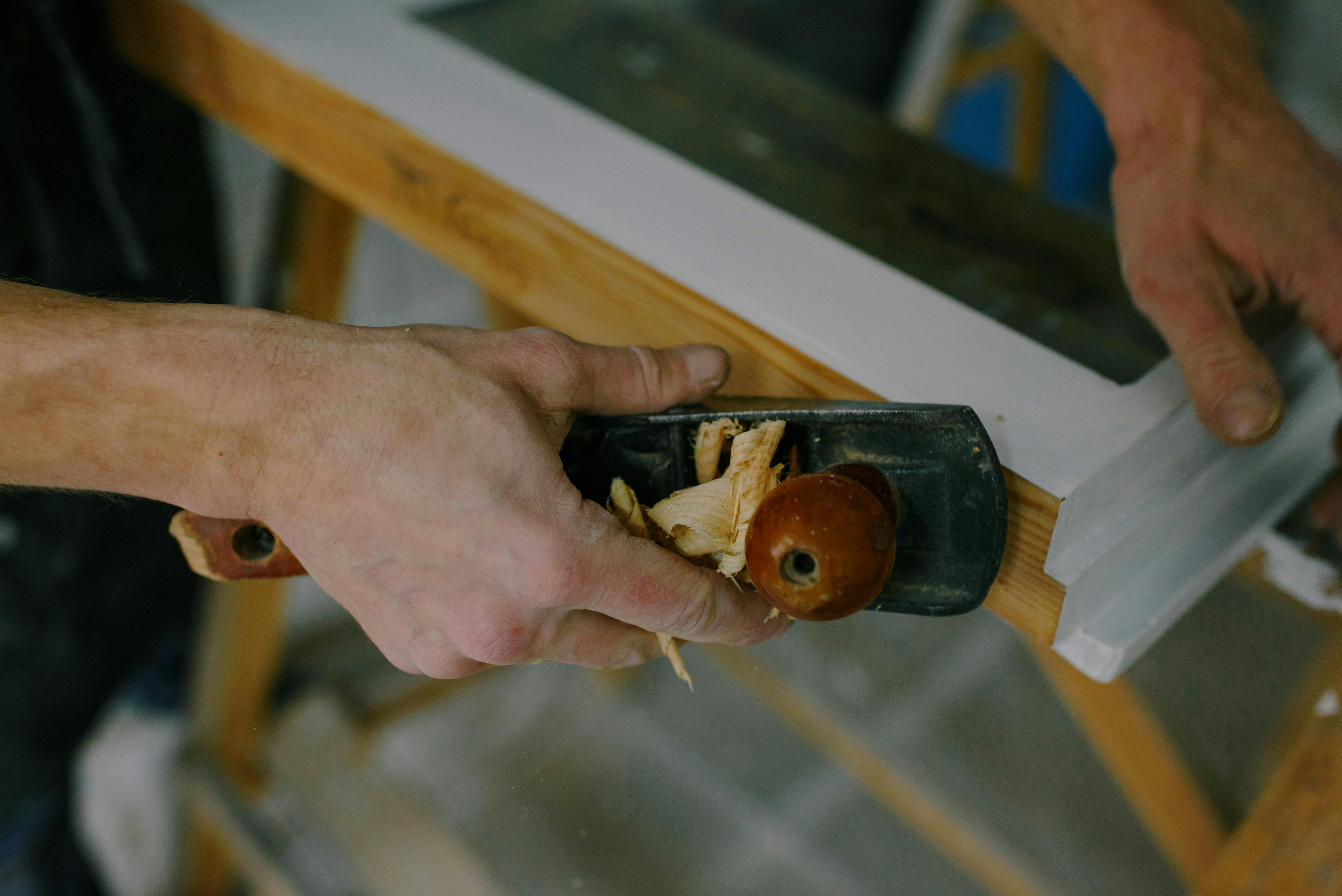The best known Haiku was written by Basho Matsuo, the first great Haiku poet:
An old silent pond…
A frog jumps into the pond
splash! Silence again.
By Basho (1644-1694)
Here we can see an example of nature and sound. In Japanese haiku, a “kireji” is used to denote the imaginary sound you hear when a frog jumps into the pond. A “kireji” would be the “splash” according to the Japanese transliteration “ya”. The beauty of such a haiku is that less is more, which is typical of Japanese-style poems. An ellipsis can indicate a short pause to help the reader focus on the main idea of the haiku that was written.
autumn moon –
a worm digs in silence
in the chestnut
By Basho (1644-1694)
Another dynamic in Japanese haiku is “silent digging.” You wouldn’t be able to hear a worm digging anyway, however, Matsuo Basho uses a type of imagery to evoke a sense of the worm’s small actions, things ordinary people take for granted in our rush to get to work. or to school.
oh snail
climb Mount Fuji,
But slowly, slowly!
By Kobayashi Issa (1763 – 1827)
This haiku is from Issa, another great haiku master. In this haiku, the snail climbs one of Japan’s most iconic symbols, Mount Fujii, Japan’s highest mountain. “Slowly slowly!” conjures up an idea of how long it takes for the snail to reach the top. It may be slow, but you will eventually get to the top.
incredible–
in the house I was born
the first morning of spring
By Kobayashi Issa (1763 – 1827)
Issa has often been considered the Thoreaux of haiku due to his frequent references to nature, which of course is typical of many haiku. However, in Issa’s case, he evokes a joyous revelry in being intrinsically a part of nature, not apart from it. Most haiku observe natural phenomena from the outside looking in.
about winter
forest, the winds howl with rage
no leaves to blow.
By Soseki (1275-1351)
Natsume Soseki illustrates the personification of haiku by which objects come to life, as in the previous poem. Notice how he describes the wind as it howls in fury with no leaves to blow away, as if the wind is looking for leaves to destroy, but he is angry because there are no leaves left to vent its fury on. I love this dynamic in nature-based forms of haiku. It has been for centuries a central theme in Japanese literature to bring lifelessness to life and shape to formlessness. It is one of the most endearing and beautiful aspects of Japanese aestheticism.
Haiku are best understood for their minimalist approach to nature and sound. These examples in my essay are my favorites, and what I look for in poetic forms. I like simplicity and easily identifiable themes that resonate with the timeless charm of nature. In other words, the birds still sing in the morning, the rivers still roar down the mountains. For me, this is one of the most beautiful aspects of Japanese poetic forms, the endless beauty of nature’s bounty.




